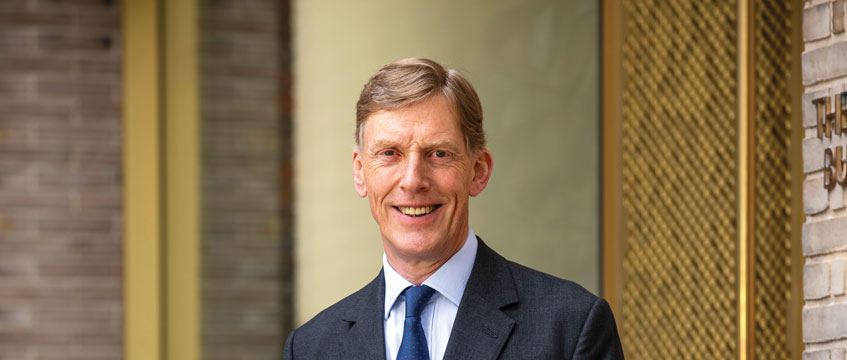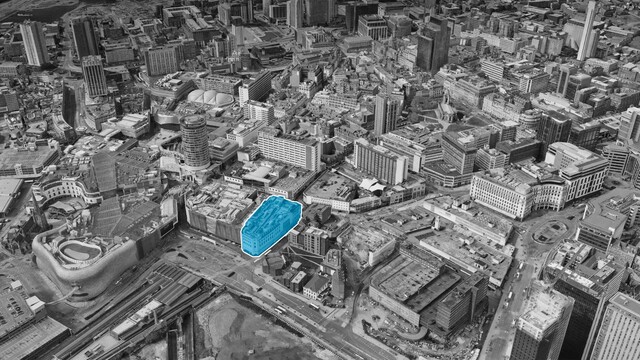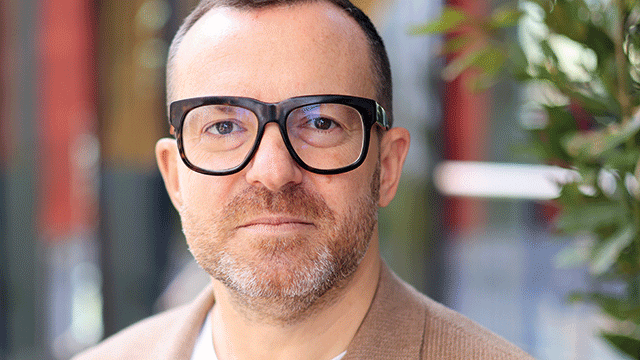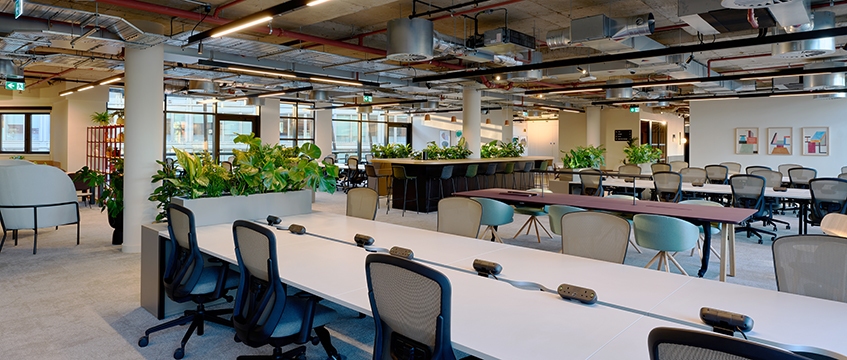Helical’s Kaye to step down as CEO
Gerald Kaye is stepping down as chief executive of Helical this summer and will be replaced by property director Matthew Bonning-Snook.
Kaye will end his executive role after 30 years with the company at the annual general meeting in July but will remain as an external consultant.
Chairman Richard Cotton paid tribute to Kaye steering the company through “strong headwinds, from Brexit, Covid and latterly the sharp upward adjustment in interest rates”.
Gerald Kaye is stepping down as chief executive of Helical this summer and will be replaced by property director Matthew Bonning-Snook.
Kaye will end his executive role after 30 years with the company at the annual general meeting in July but will remain as an external consultant.
Chairman Richard Cotton paid tribute to Kaye steering the company through “strong headwinds, from Brexit, Covid and latterly the sharp upward adjustment in interest rates”.
Kaye said: “It has been a tremendous privilege to lead a business that has delivered some major and iconic London office developments which are today being enjoyed by a diverse range of businesses.”
Helical announced Kaye’s departure alongside results for the year to 31 March. The company posted a loss almost triple that of a year ago at £189.8m. The investment portfolio valuation dropped by more than a fifth to £660.6m from £839.5m.
Cotton said: “These results reflect a period of economic volatility, with the higher interest rate backdrop negatively impacting on investment yields and structural challenges in the occupational market.
“Looking forward, with inflation returning to normal levels at 2.3% and interest rates forecast to decline, the investment market is expected to strengthen, with rental growth continuing for best-in-class office space.”
Cotton added that a “rigorous business review” had led the team to the conclusion that “the nature of our business does not lend itself to the strategy currently being adopted by some of our peers, namely the return of capital to shareholders funded through asset disposals”.
He added: “There are some important factors underlying this conclusion, particularly the complexities of our financing and capital commitments given the scale of our central London pipeline assets, compounded by the current market illiquidity for properties of over £100m, which is even more pronounced for London offices.”
The company will now focus on an “equity-light” model, Cotton said, and aims to cut running overheads by a quarter over the next year.
“The trajectory of investment yields is outside our control, but absent significant further outward movement, we are confident that through the implementation of the above strategy we can demonstrate value accretion,” he said.
“In due course, the investment market should return to more normal conditions. In the meantime, we have lots to be getting on with; letting vacancy in our existing portfolio and maximising the potential in our development pipeline, whilst maintaining a robust financial position, all at a lower operational cost, are the team’s main priorities.”











